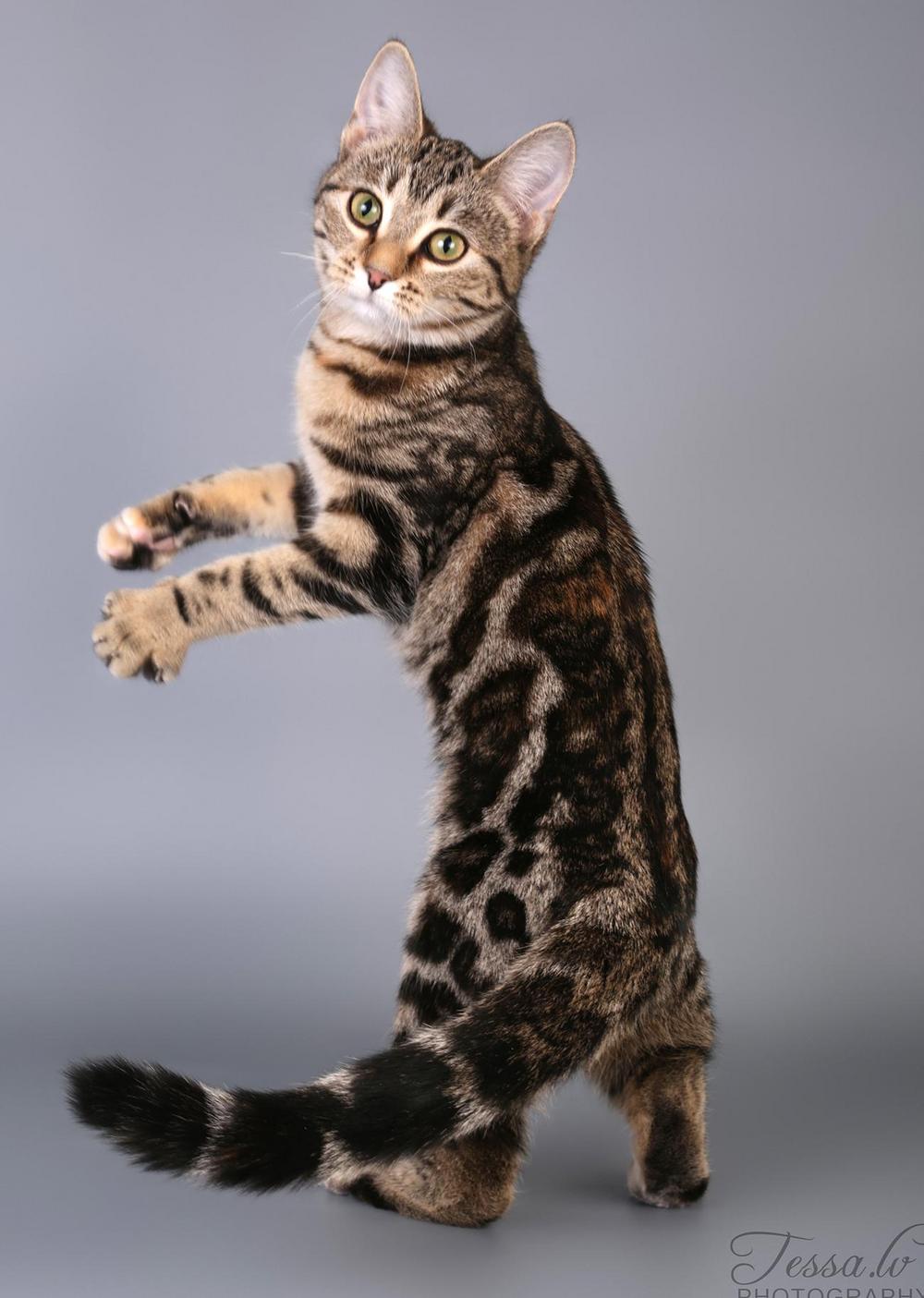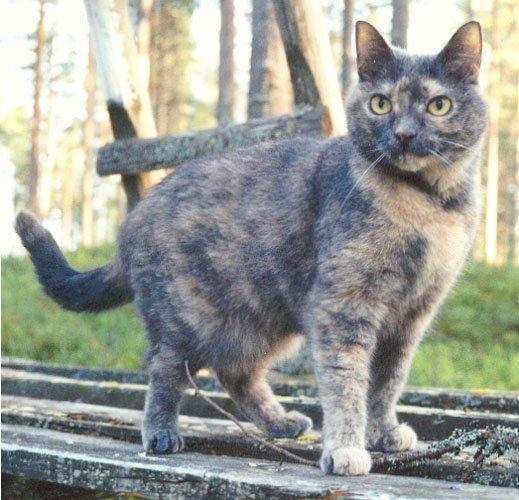Summary in English
Introducing the European shorthair cat
European shorthair cat is an ideal pet due to its adaptable and straightforward nature. It is affectionate, curious, playful, and engages in family activities. The breed is well-suited to urban living, such as in apartments.
The health status of European cats is good, with no known breed-specific hereditary diseases. They are also generally long-lived, often reaching 15-20 years and remaining active and healthy even in old age.

Appearance
The European cat is well-proportioned and sturdy. It is a medium to large cat with a muscular build, broad chest, and strong paws. The head is large and somewhat rounded, yet longer than it is wide. The ears are medium-sized with slightly rounded tips. The eyes are roundish, open, and slightly slanted. The coat is short, dense, and flexible.
Approximately 70 different color variations are accepted for the European cat. The color groups include solid, patterned, and bicolor.
Only natural colors found in the original population are allowed. Colors bred through genetic mutations, such as pointed, lilac, and chocolate, which are accepted in many other breeds, are not permitted. Although long-haired individuals can occur in the original population and sometimes among registered European cats, long hair is not an accepted trait.
Breeding
European cats are bred according to the breed standard set by the International Federation of Cat Associations (FIFe). The European cat represents the average cat in terms of appearance, distinct from extremes found in other breeds. It should show no indications of other breeds.
Breeding of European cats is primarily focused in the Nordic countries, particularly in Finland and Sweden, and to some extent in Denmark. There is very little breeding activity in Central Europe. In Finland, approximately 80-120 kittens are registered annually, which is comparable to the average for all breeds combined.
European shorthair cat's history
An original European cat breed
European Shorthair (abbreviated EUR) is one of the original cat breeds from our continent. Systematic breeding began in Sweden in the 1940s using short-haired domestic cats that had developed strength and health through natural selection. The European Shorthair's own standard was approved by the FIFé (Fédération Internationale Féline) in 1949 making it one of the oldest recognized cat breeds.
Separate Breed Standard
Initially, European, British, and Chartreux cats shared the same breed standard, despite being distinct breeds. In 1982, FIFe gave each breed its own standard, and from 1983, European cats had a standard that rejected any crossbreeds. While other Nordic countries mixed British and European types, leading to a complicated separation process, Finland had mostly pure European cats.
Novices
In Finland, domestic cats meeting the European breed standard could be registered as European cats through the novice class at international cat shows, enhancing genetic diversity. Since 2016, novices are registered as unspecified short-haired cats (XSH) but can still be bred with registered European cats. Judges at cat shows determine if the offspring meet the breed standard to be registered as European cats.
The European Shorthair Cat Club in Finland
The European Shorthair Cat Club in Finland (SER-FER) is a club for all those interested in the European cat. SER-FER was founded in October 1987, and it was Finland's first breed club with co-operation agreement with Suomen Kissaliitto. During these over 30 years, SER-FER has established its position in the Finnish pedigree cat activity. Certain modes of operation have rooted in our work but we welcome also new winds and ideas. SER-FER aims at keeping in touch with foreign cat clubs specialized in the European cats and it tries to comment on issues about this breed in domestic as well as in foreign publications.
SER-FER purpose is to promote planned breeding of the European cat in order to improve its general quality and its appreciation. The club gives assistance and advice in all matters concerning this breed, such as the heredity of colour variants and choosing a partner for a cat. Our members are European shorthair cat breeders, owners and other people interested in this breed (in Finland as well as in Sweden, Denmark, Norway and many other countries); owning a European Shorthair is not required from our members.


Serry-magazine
SER-FER publishes its own club magazine Serry four times a year. It contains lots of useful information about cats. There have been articles for example about:
- taking care of your cat's fur, mating and care of kittens, colour genetics (heredity of coat colours)
- veterinarians' articles on cats' diseases, vaccinations, health in general
- breeding European Cats
- portraits of European cats, show cats as well as "household pets", all members can have their cat(s) presented in the magazine and with picture, of course
- interviews of feline judges
- members may put ads on the magazine of their studs and litters born / for sale.
- In every magazine, there's a summary of the main articles in English.
Club activities
SER-FER board secretary updates the site for breeder members' kittens that are looking for their new home.
On the SERRY magazine's Kittens for sale pages we only publish kittens whose parents are tested for FeLV and FIV and have a veterinary certificate of negative test results.
The club awards annually special prizes for its members' best performing cats at the cat shows. For example cats winning international titles get a rosette/medal/trophy.
Sometimes after the annual meeting of the members the board has hosted a gatherings for our members on themes around European, their breeding or care.
We also distribute ads and info-leaflets in shows.
Membership
SER-FER membership fee is 25,00 € / year (2024).
The club has a membership application form here (in Finnish).
Welcome to join the company of European Shorthair fans and our activities!